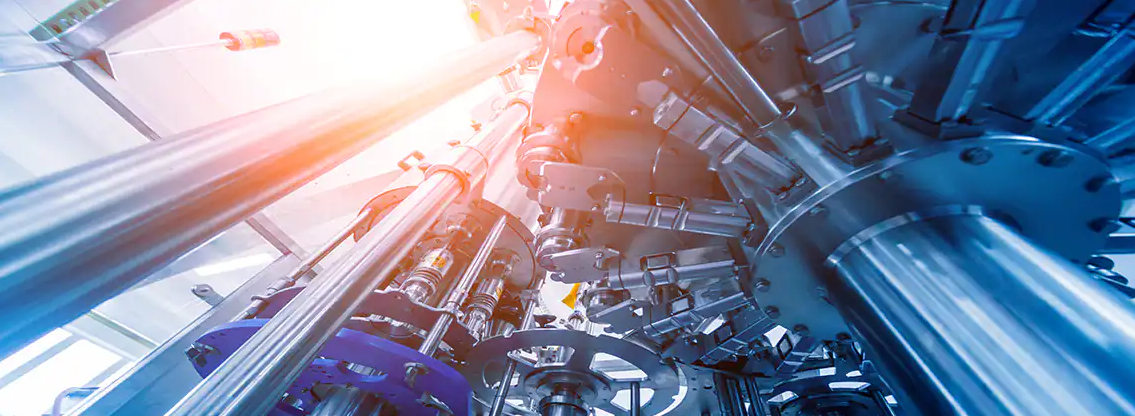Die casting is a manufacturing process where molten metal is injected into a mold cavity under high pressure. The metal is then allowed to solidify, and the mold is opened to release the finished part.
The die casting process is highly efficient and can produce complex parts with tight tolerances. It is commonly used in the production of parts for the automotive, aerospace, and electronics industries.
The first step in the die casting process is to create a mold. The mold is typically made of steel and is designed to produce the desired part shape. The mold is then preheated to a specific temperature to optimize the casting process.
Next, the molten metal is injected into the mold cavity at high pressure. The pressure helps to ensure that the metal fills all the intricate details of the mold. Once the metal has solidified, the mold is opened, and the finished part is removed.
There are two main types of die casting: hot chamber and cold chamber. In the hot chamber process, the metal is melted in a furnace and then injected into the mold cavity. This process is ideal for metals with low melting points, such as zinc and magnesium.
In the cold chamber process, the metal is melted in a separate furnace and then transferred to the injection machine. This process is used for metals with high melting points, such as aluminum and copper.

Die casting has many advantages over other manufacturing processes, including:
– High production rates
– Tight tolerances
– Complex part designs
– Consistency and repeatability
– Excellent surface finish
Die casting can produce a wide range of parts, including engine blocks, transmission housings, and even smartphone cases. The automotive industry is one of the largest users of die casting, with parts being used in everything from engines to steering systems.
The aerospace industry also uses die casting for parts such as turbine blades and engine components. The electronics industry uses die casting for parts such as computer and smartphone cases.
Overall, die casting is an efficient and effective manufacturing process that is widely used in many different industries. With its ability to produce complex parts with tight tolerances, it is an essential part of modern manufacturing.
-

- Maqnezium ərintisi tiksomolding kalıp tökmə İHA hissələri C
-

- Maqnezium ərintisi tökmə hissələri CNC emal və səthi bitirmə ilə velosiped təkəri
-

- Maqnezium tiksomolding hissələri İHA korpusu
-

- Velosiped üçün OEM yüksək təzyiqli tökmə maqnezium ərintisi çərçivəsi
-

- Maqnezium ərintisi tökmə Avtomobil hissələri nəzarətçi korpusu
-

- OEM tökmə hissələri və komponentləri

 0086-750-5616188
0086-750-5616188 +86 13392089688
+86 13392089688 sales@zhongmei-tech.com
sales@zhongmei-tech.com







